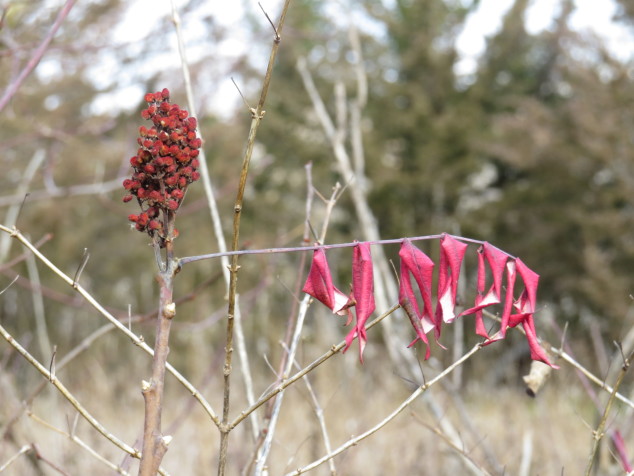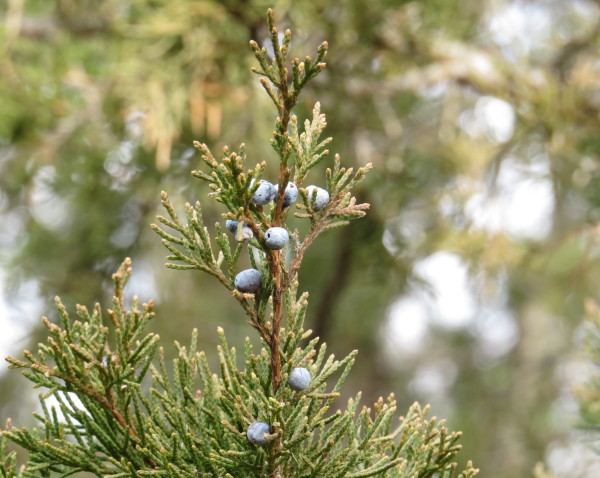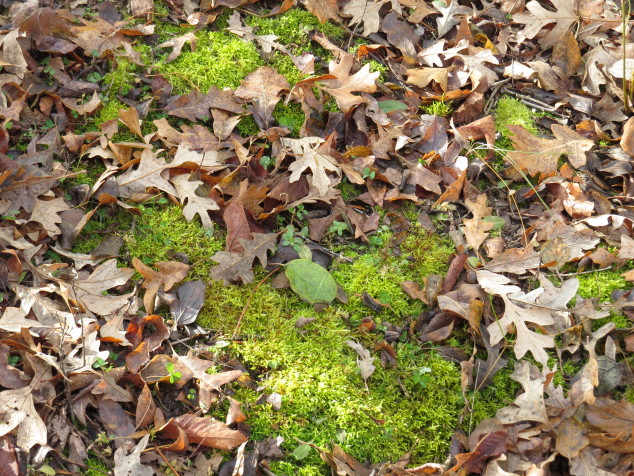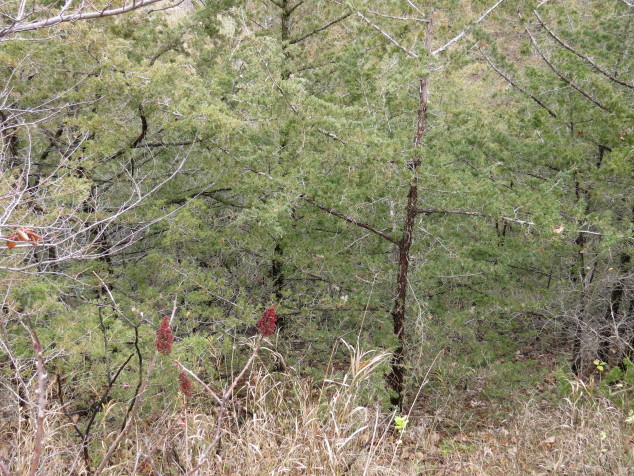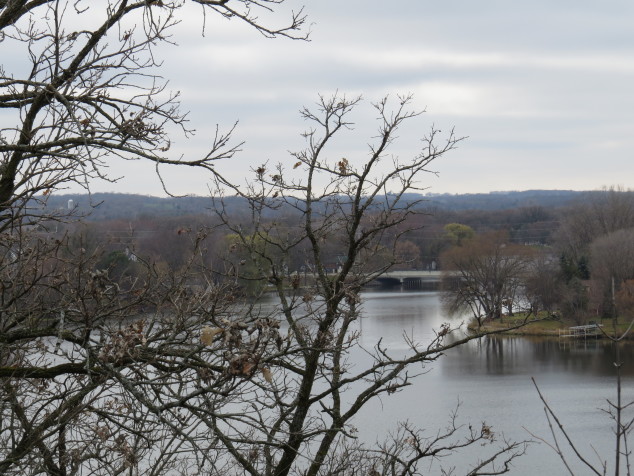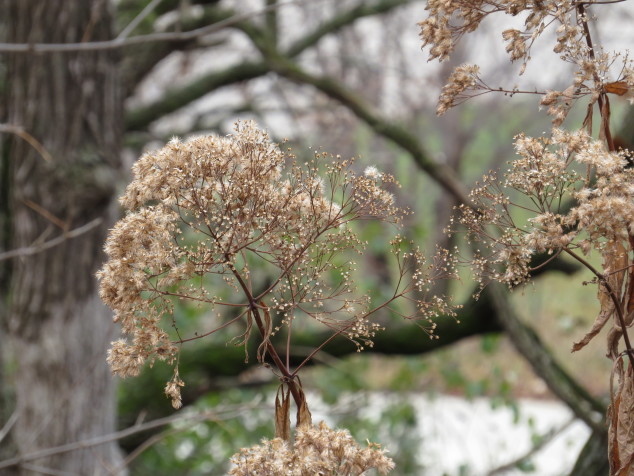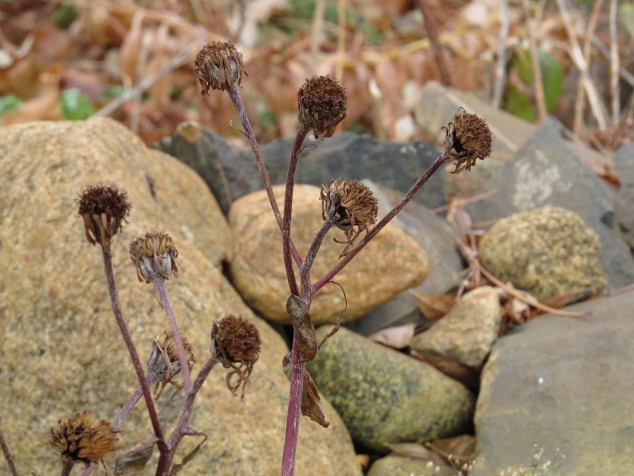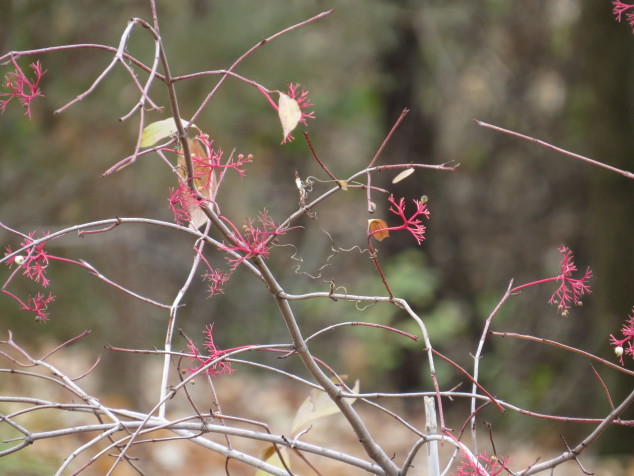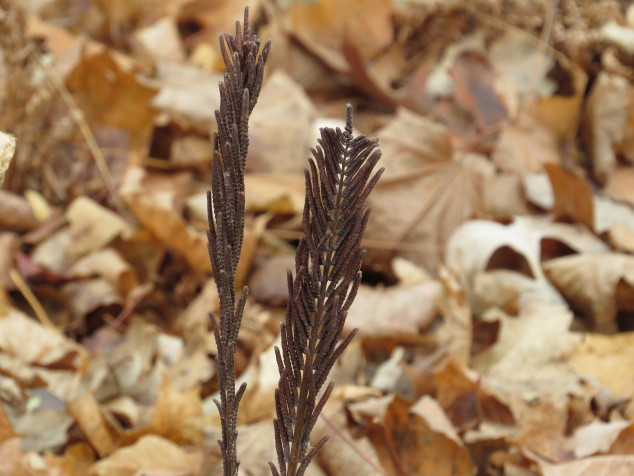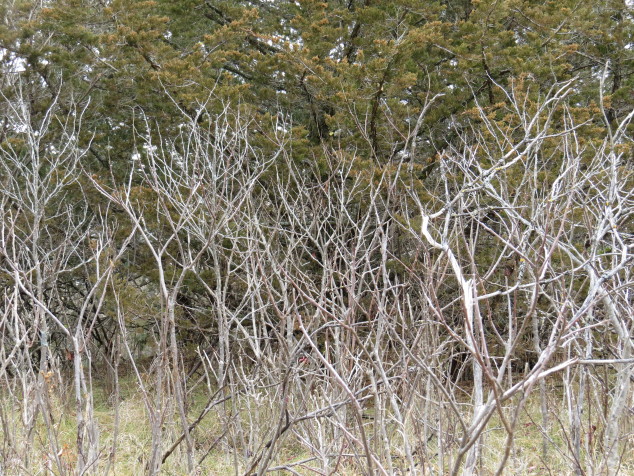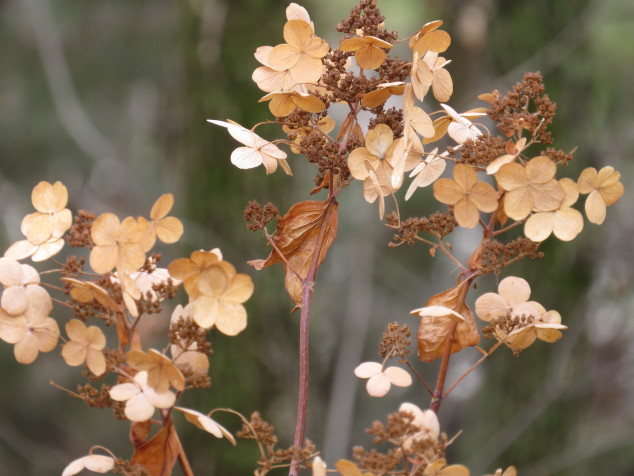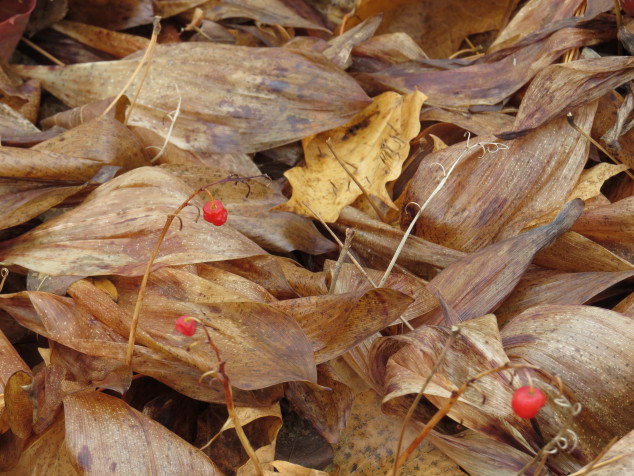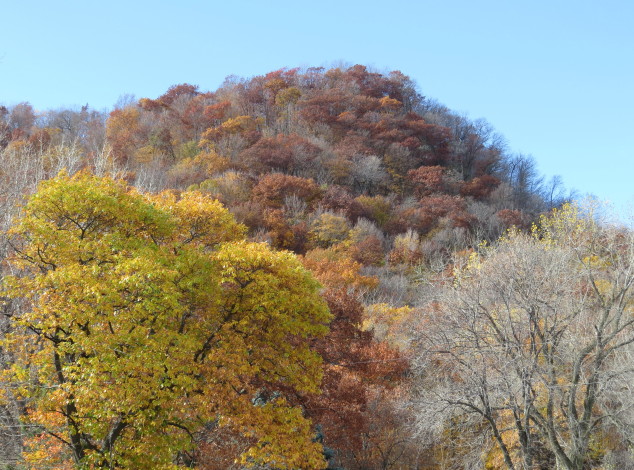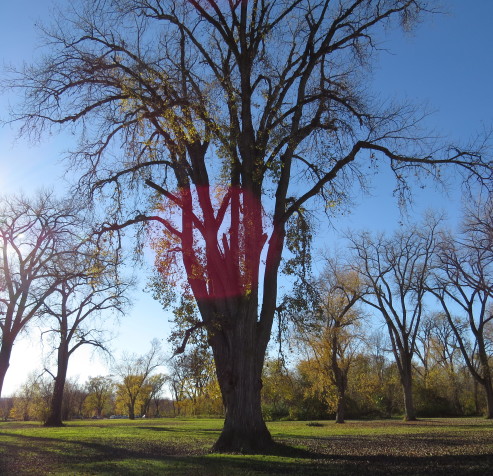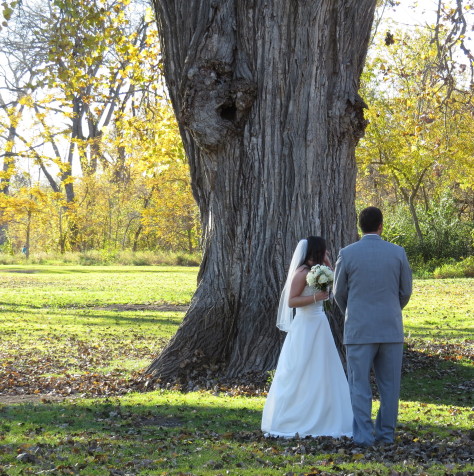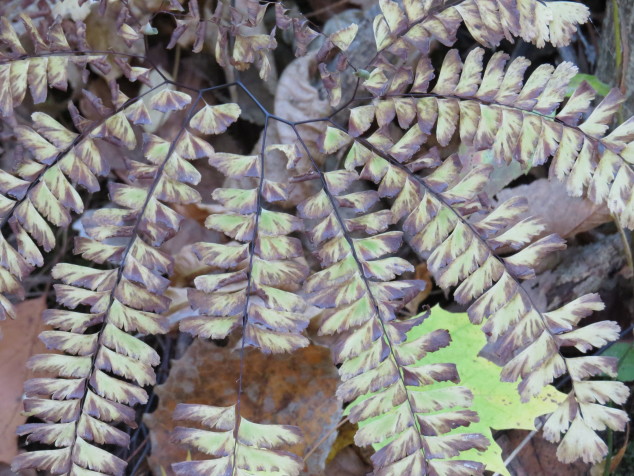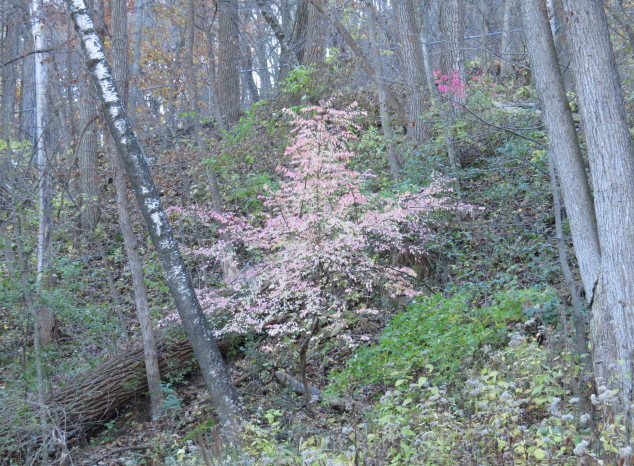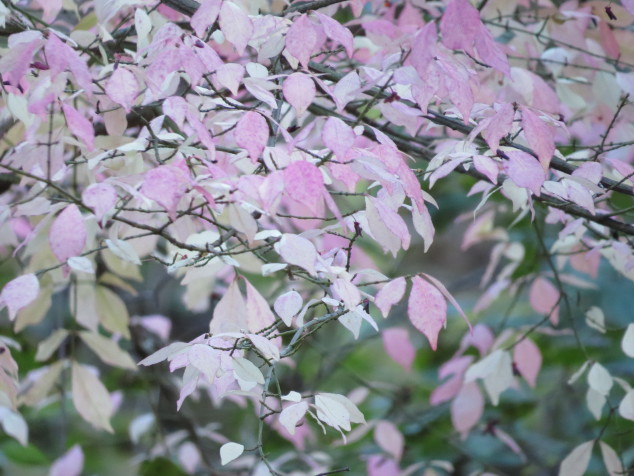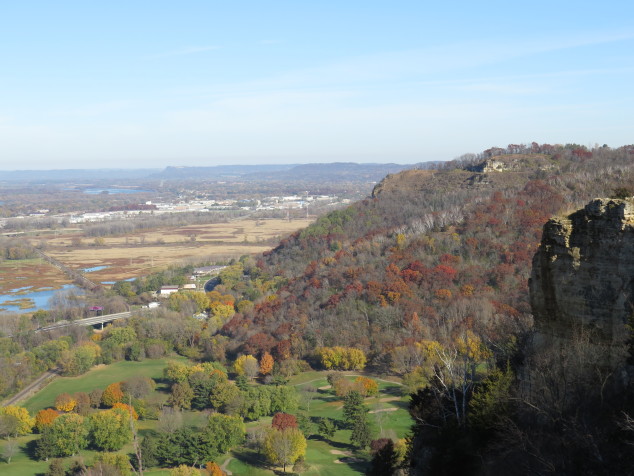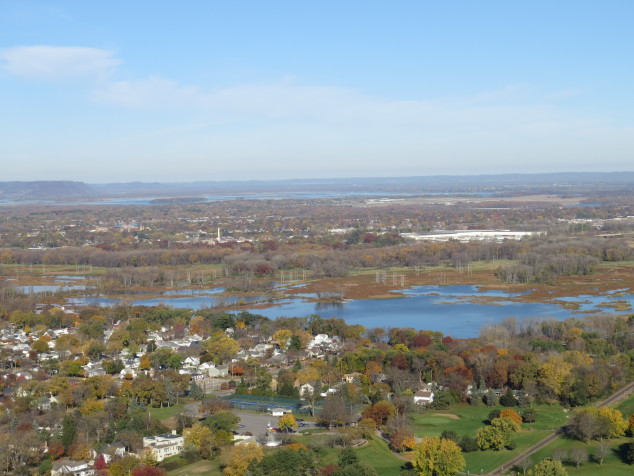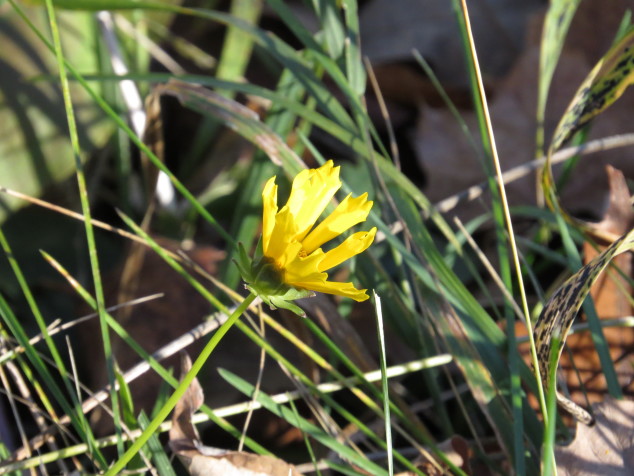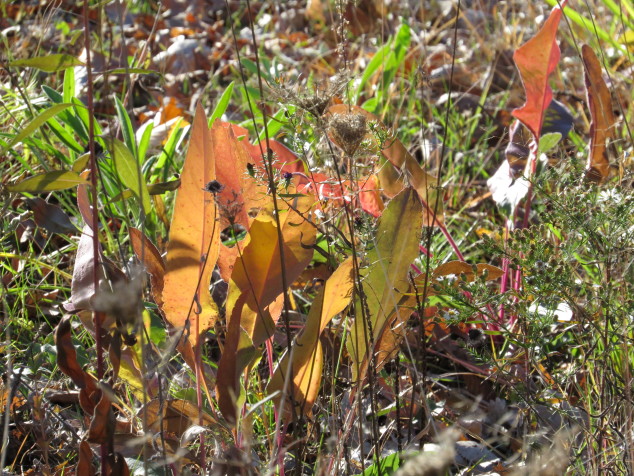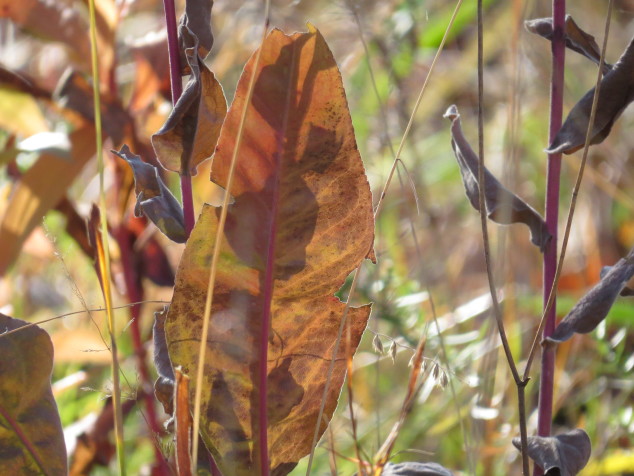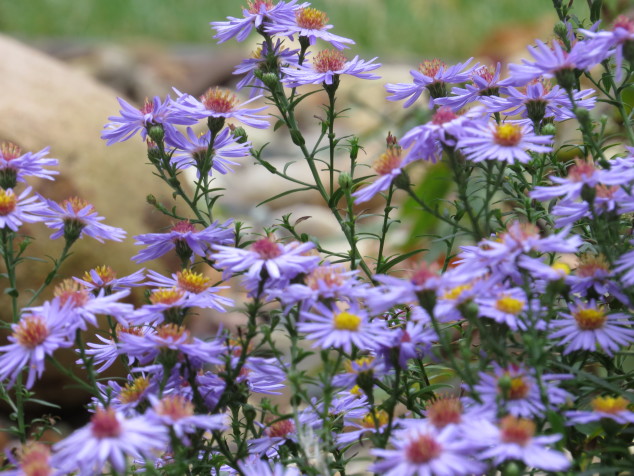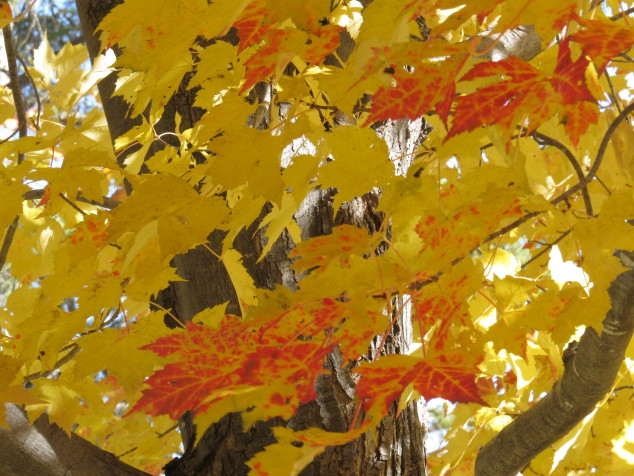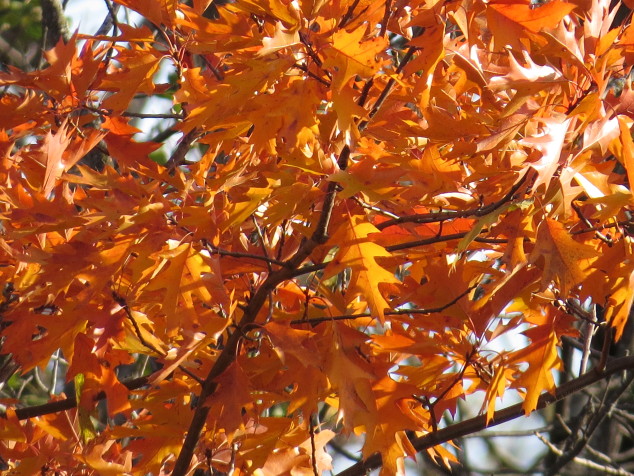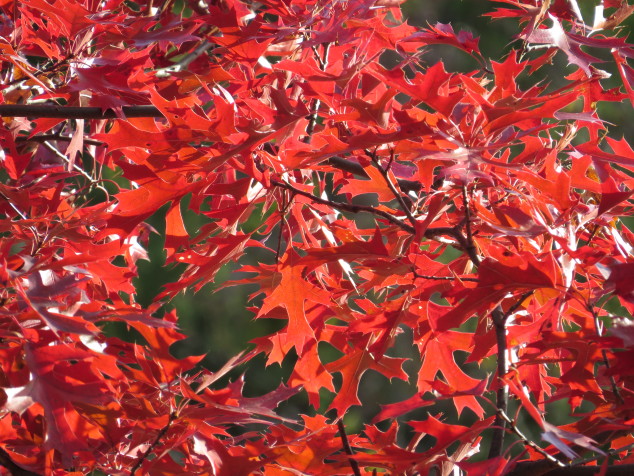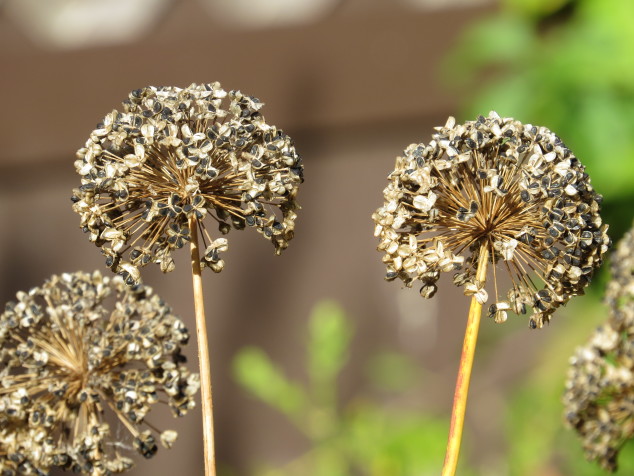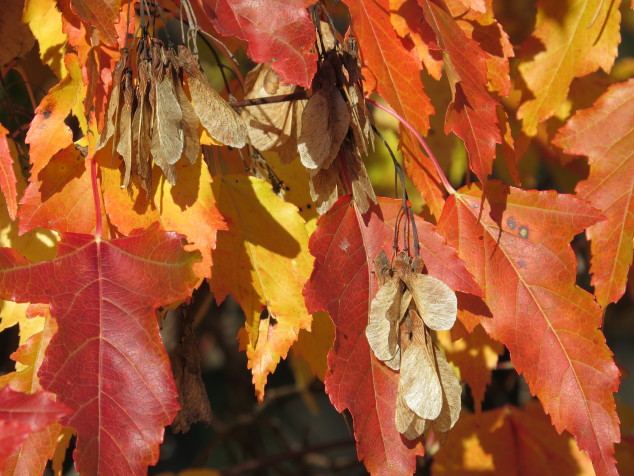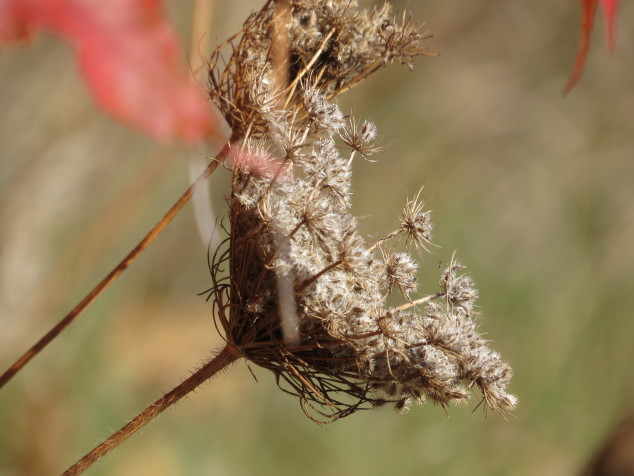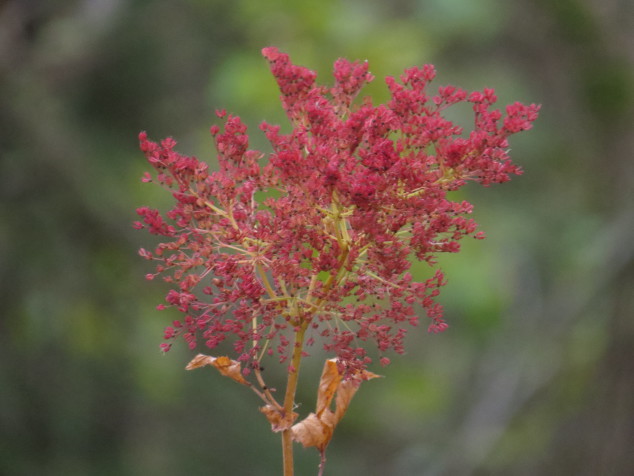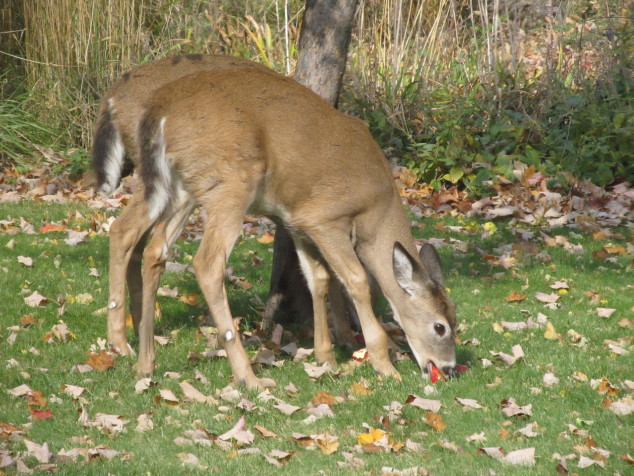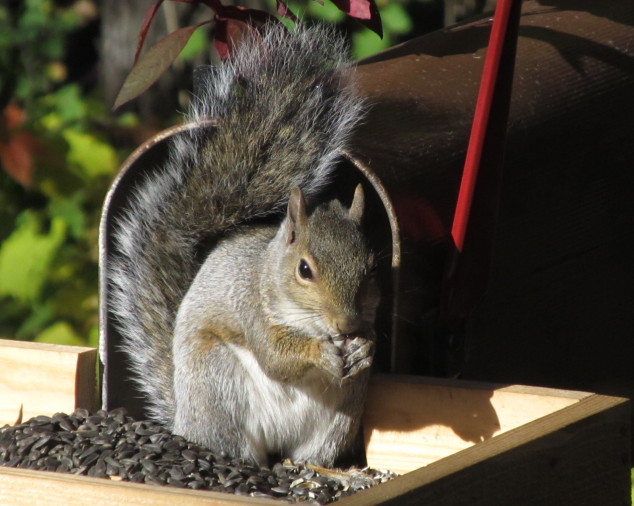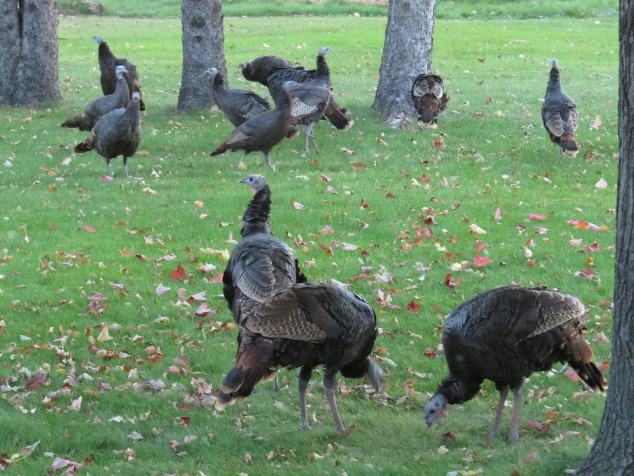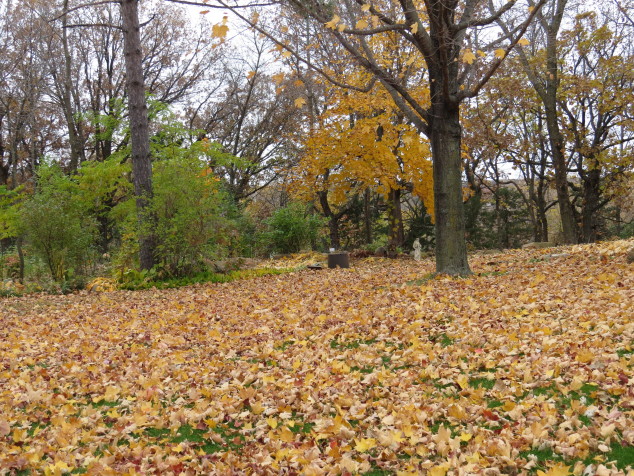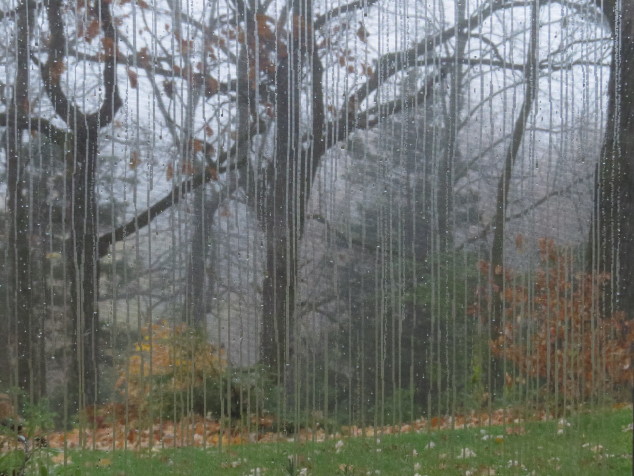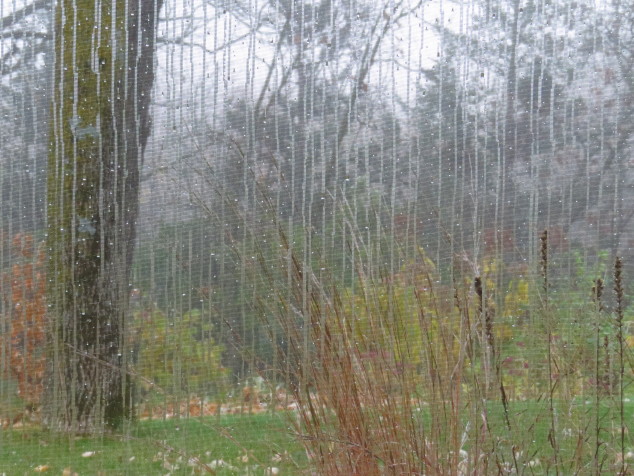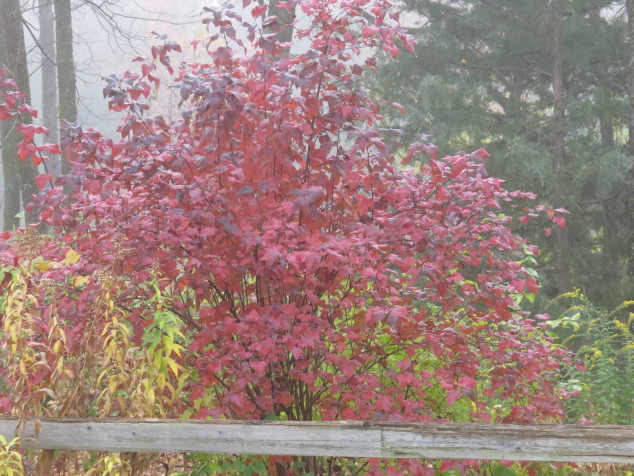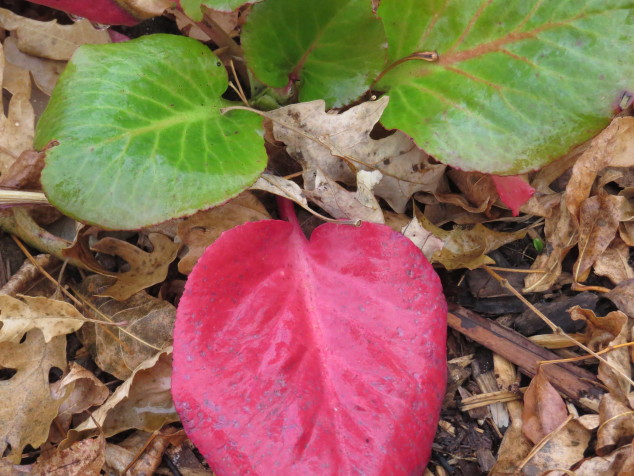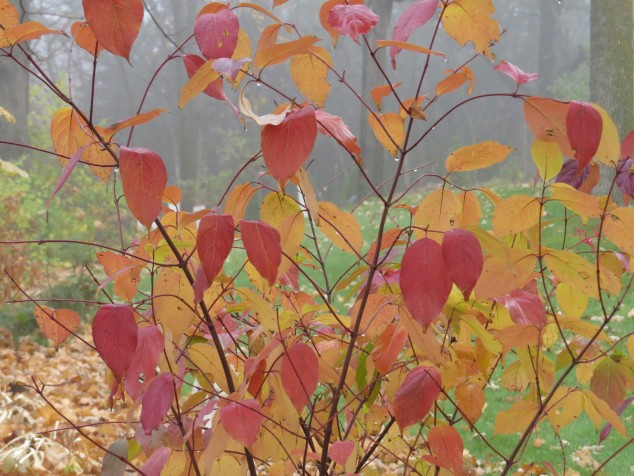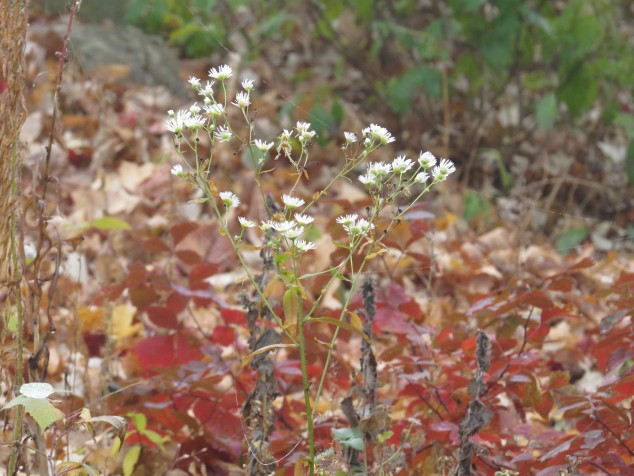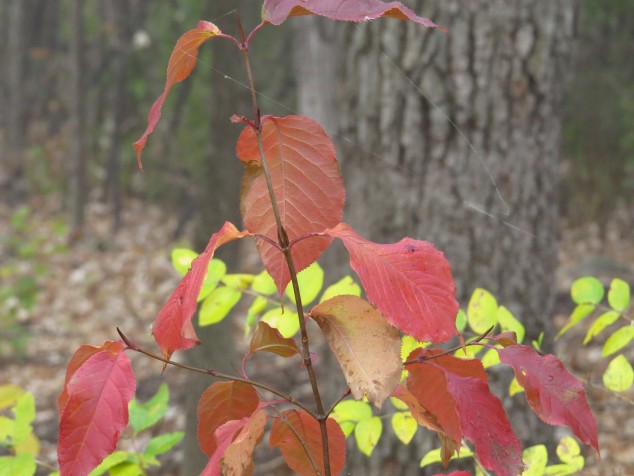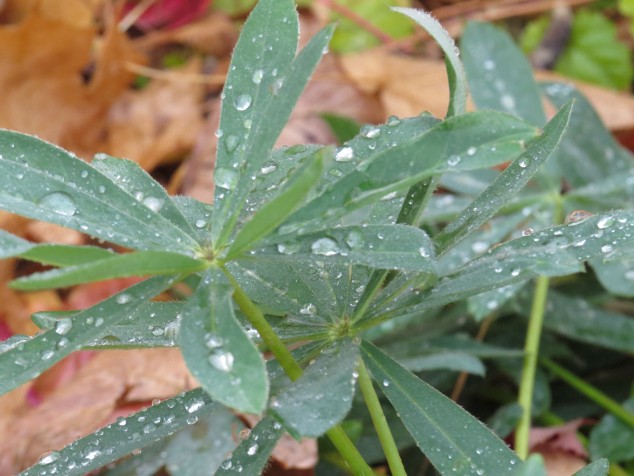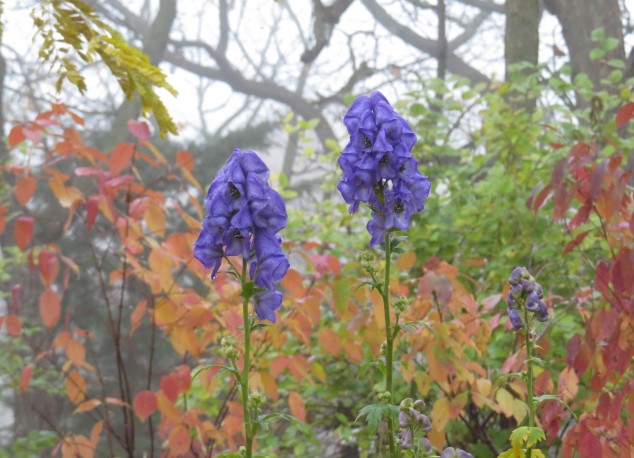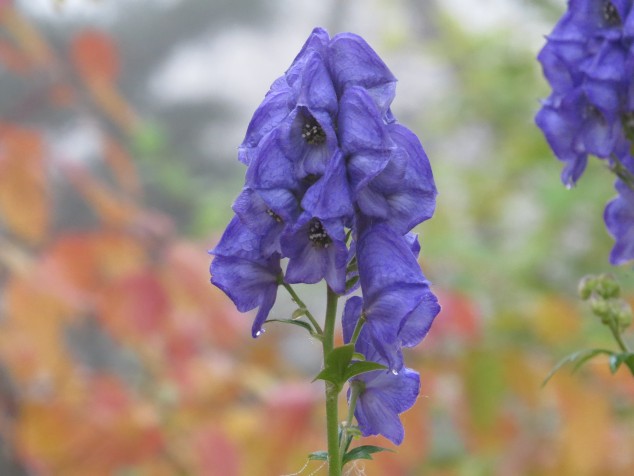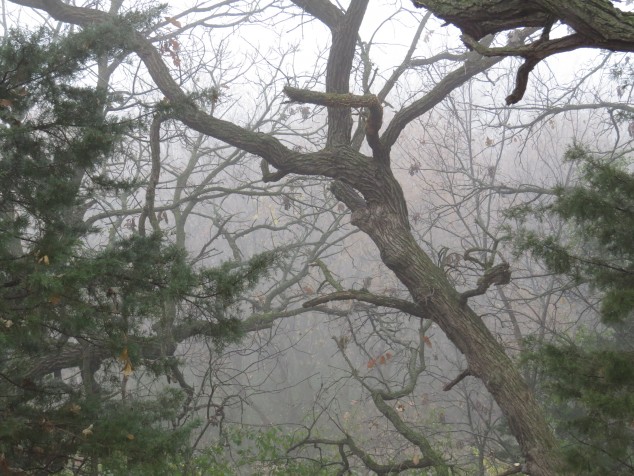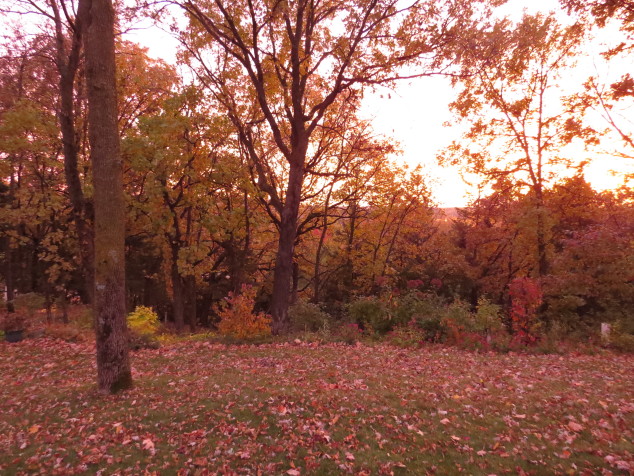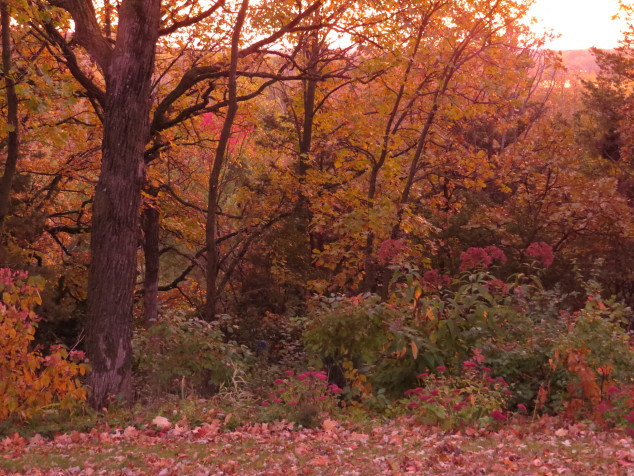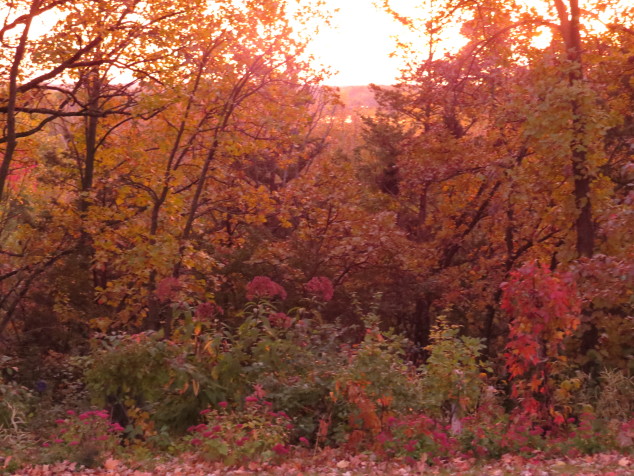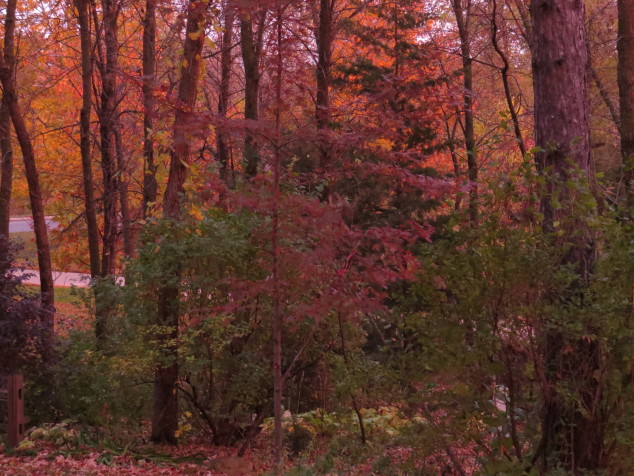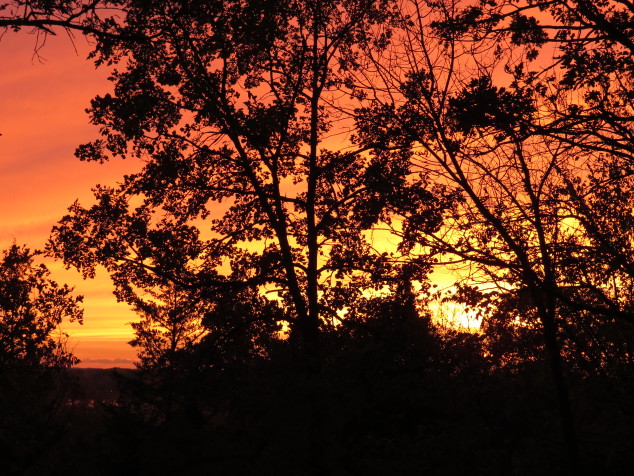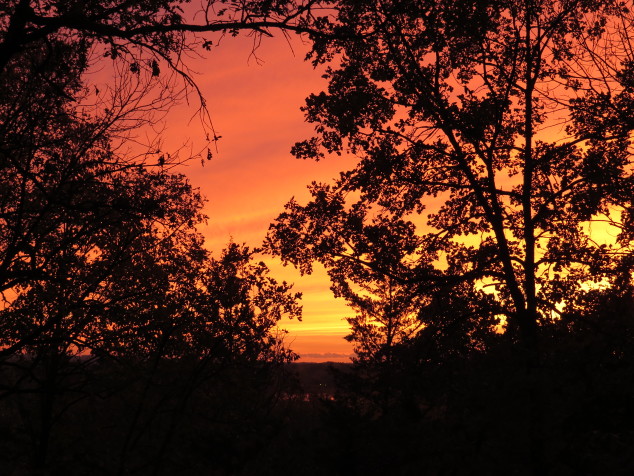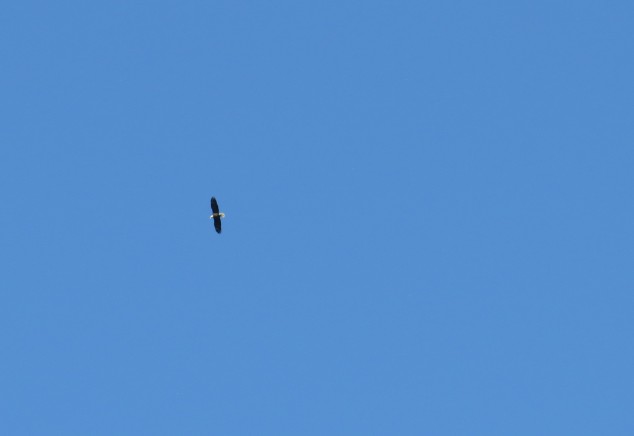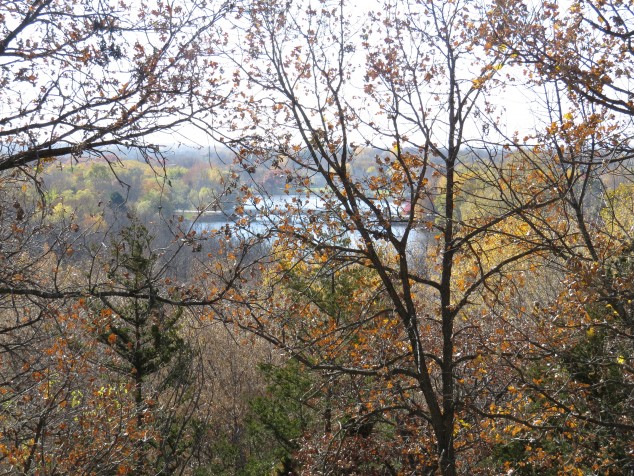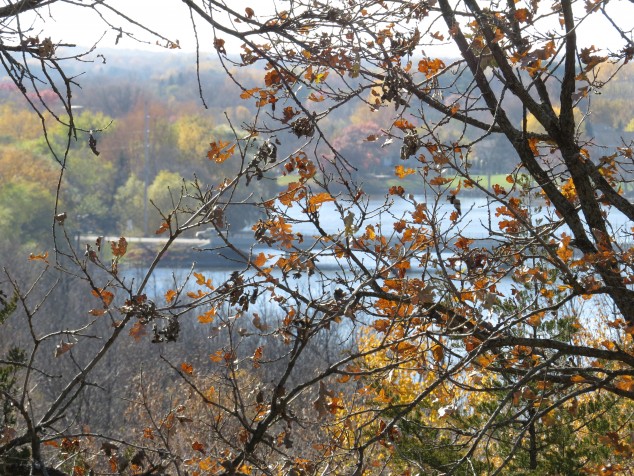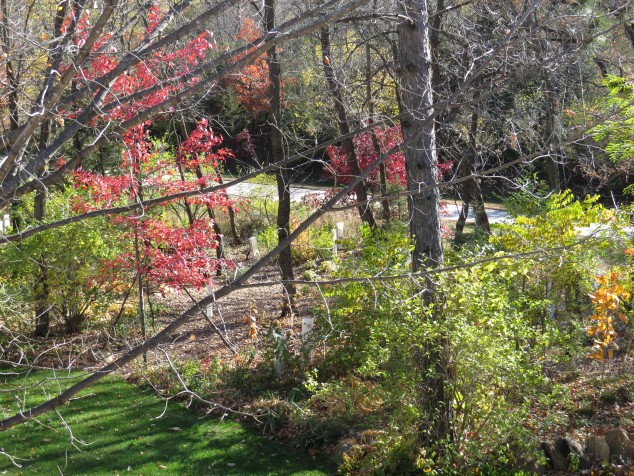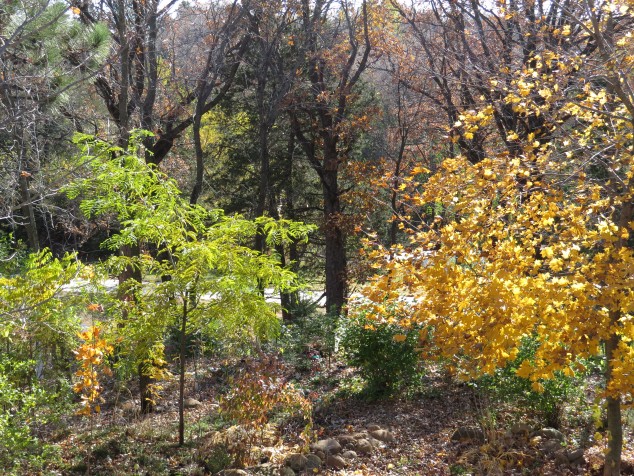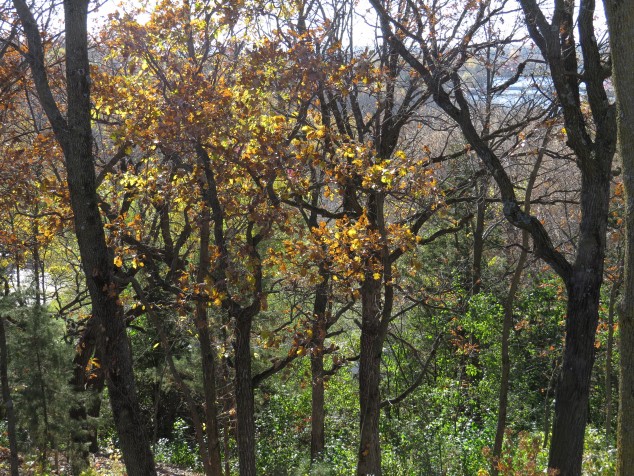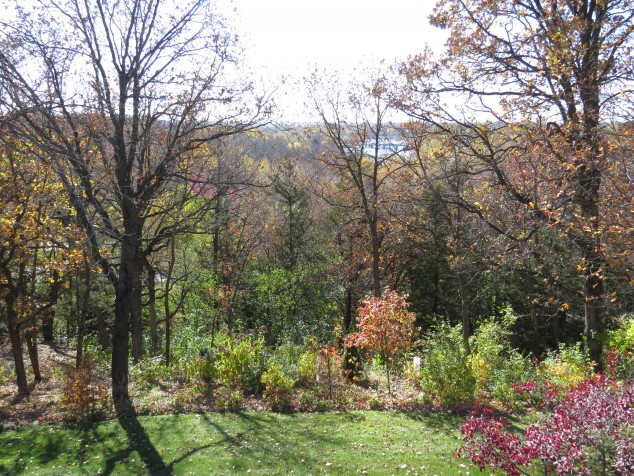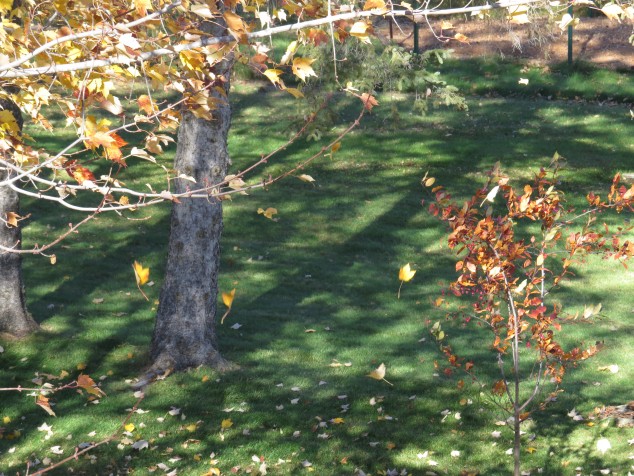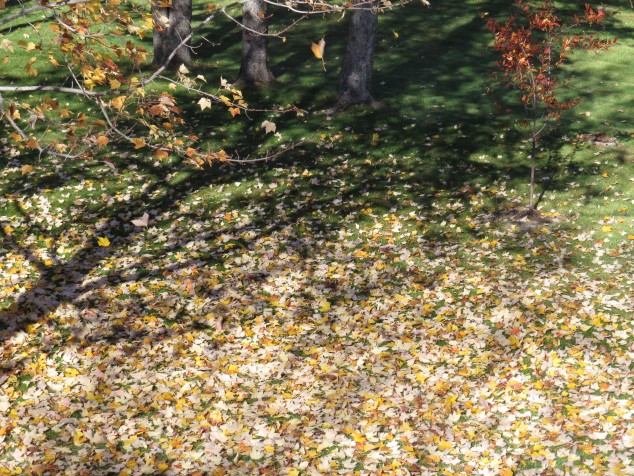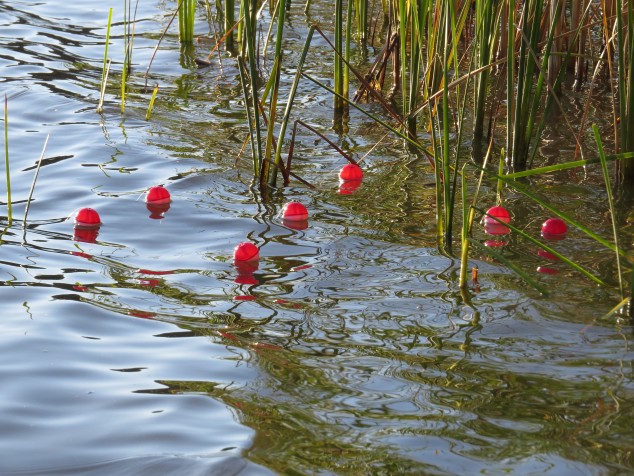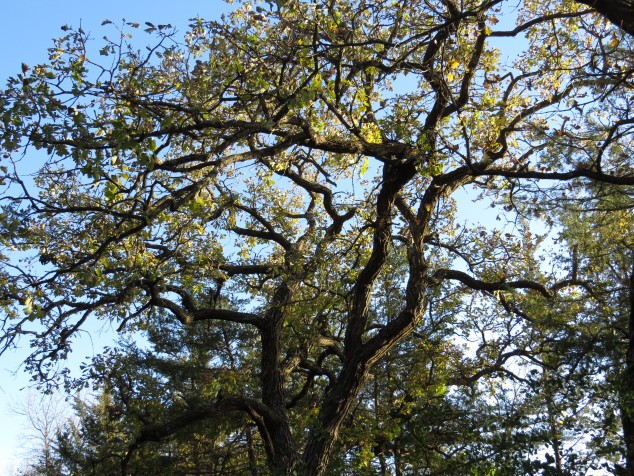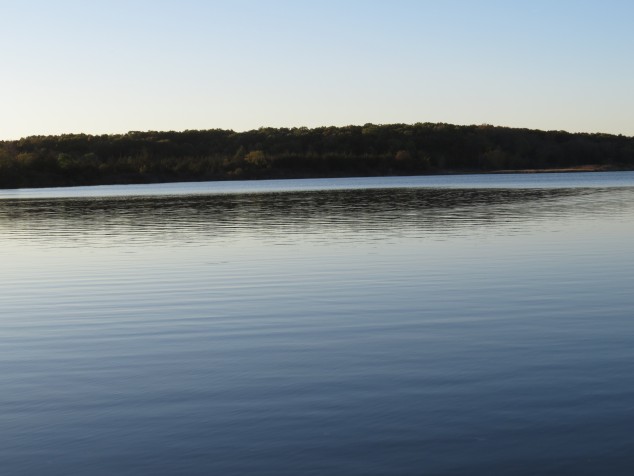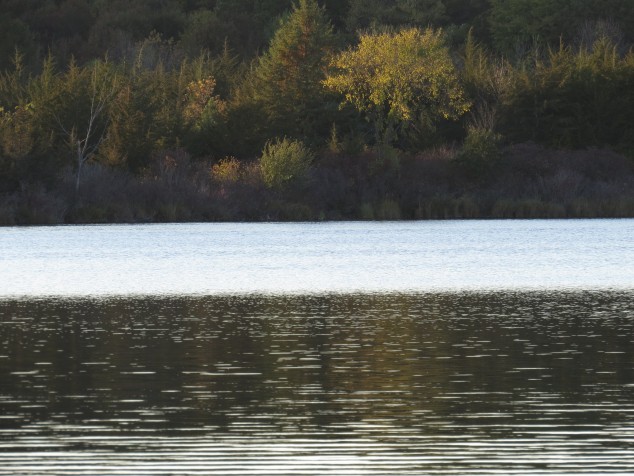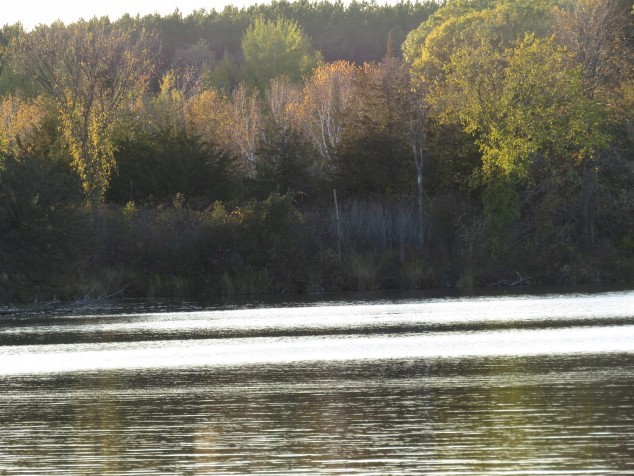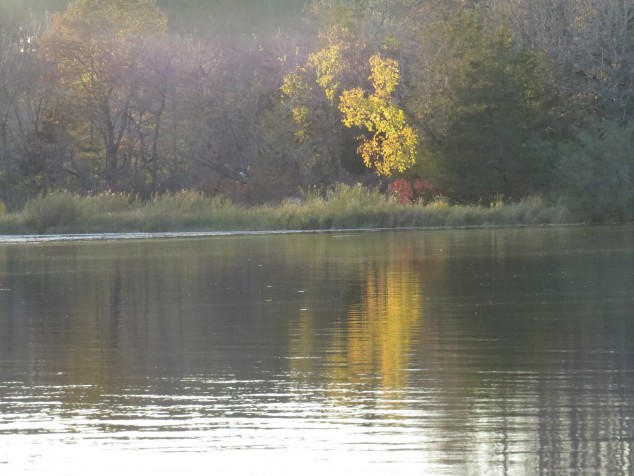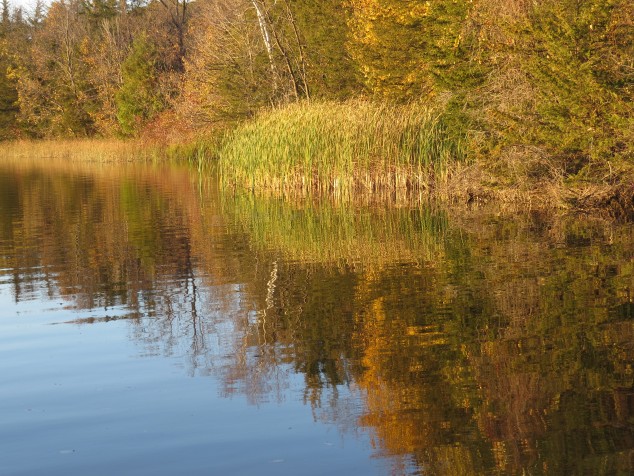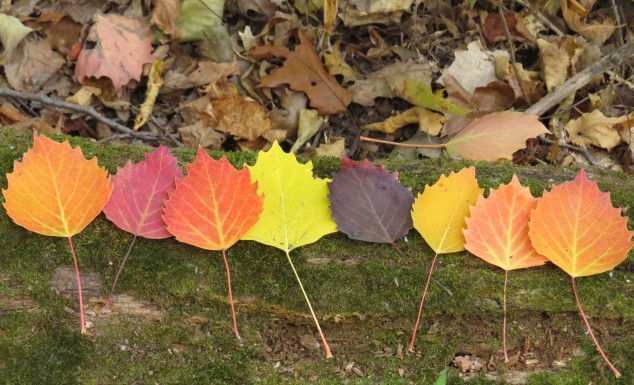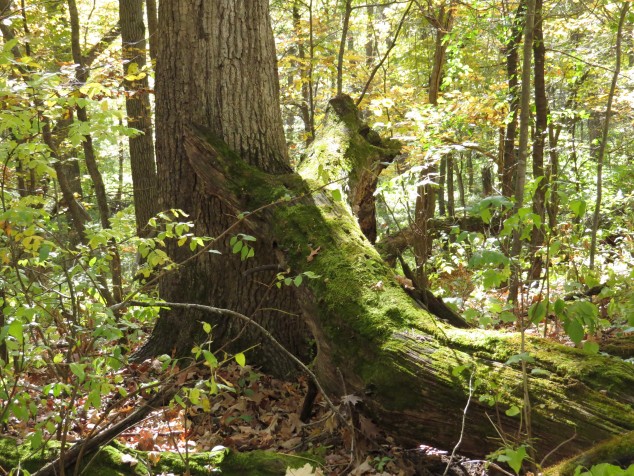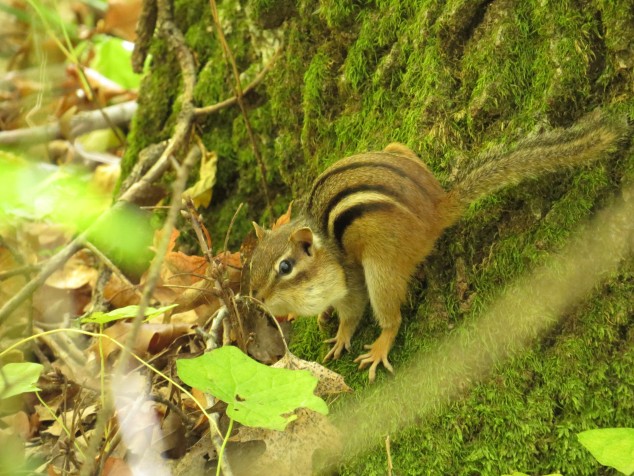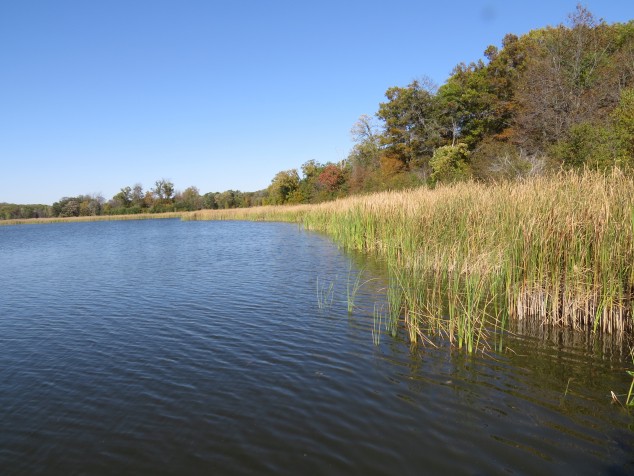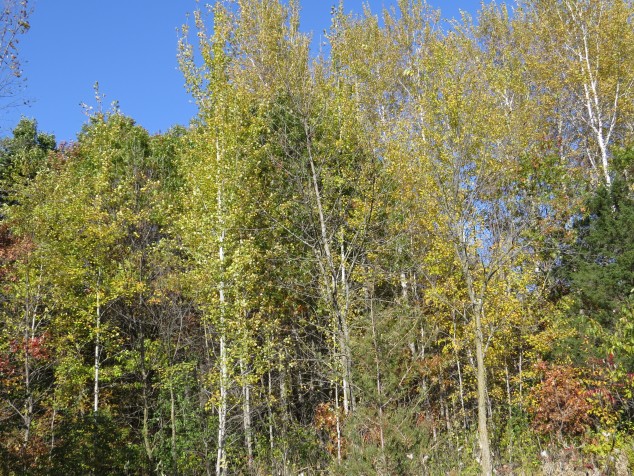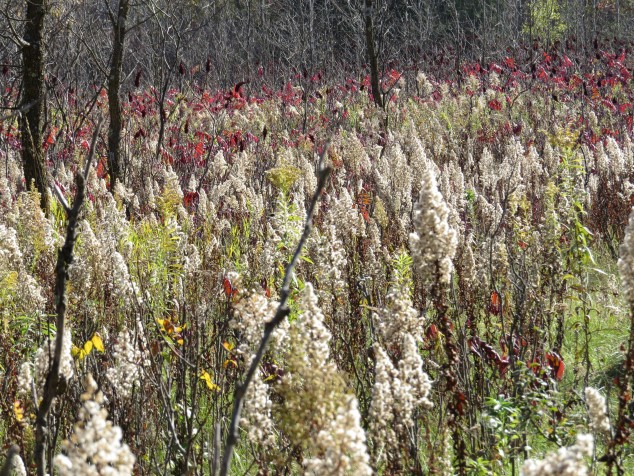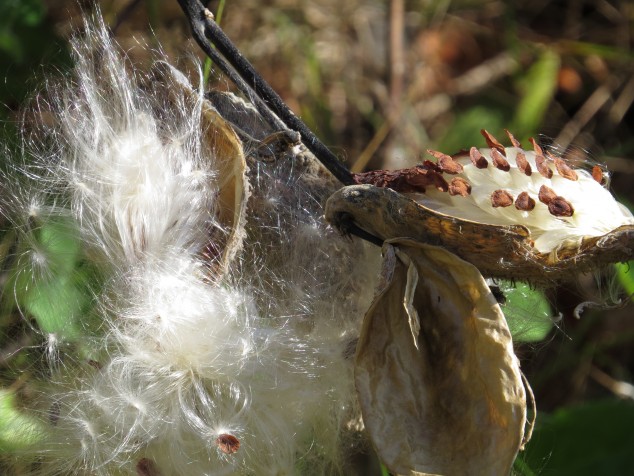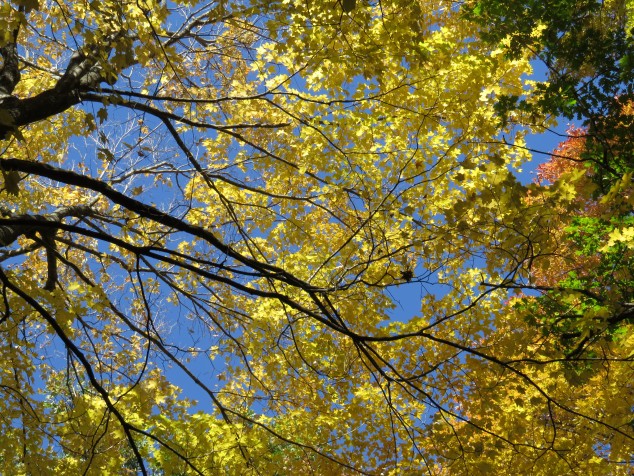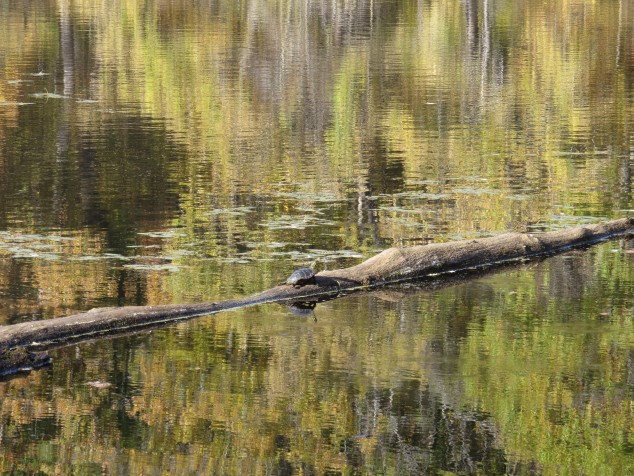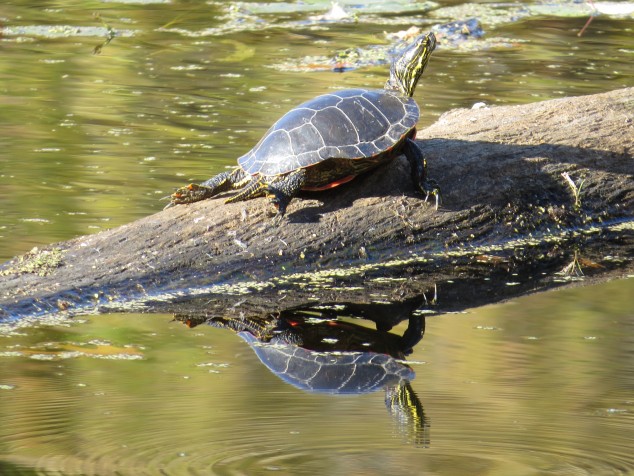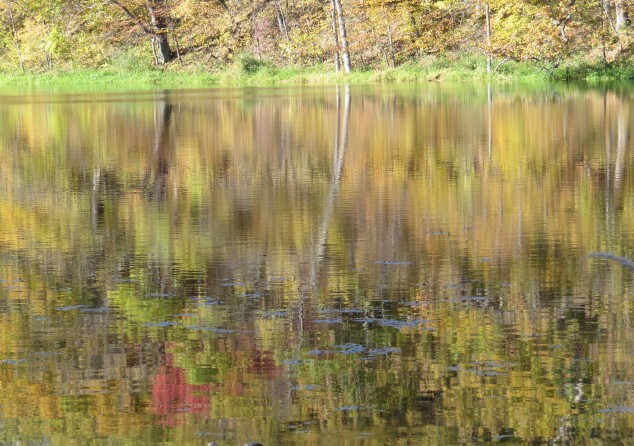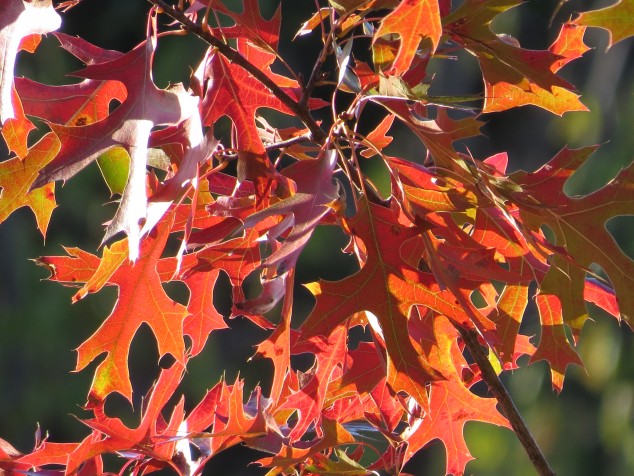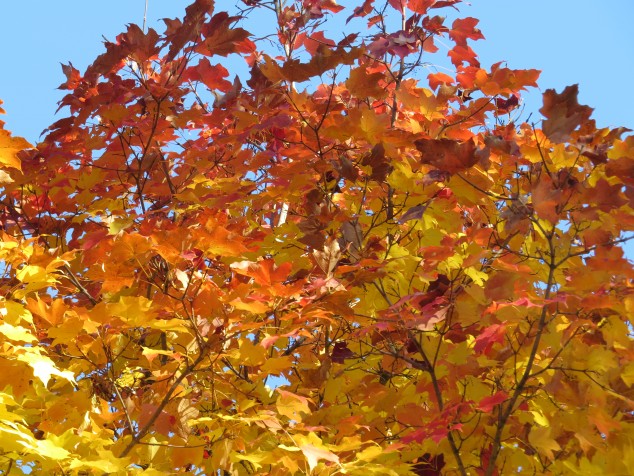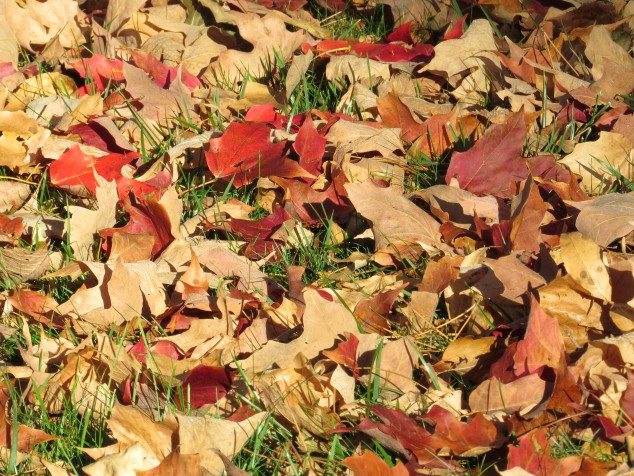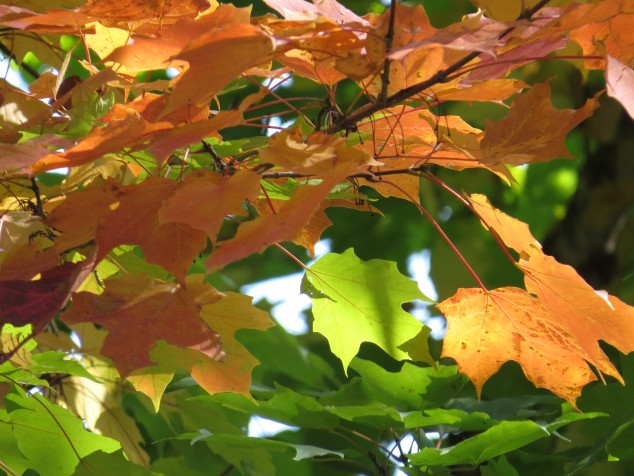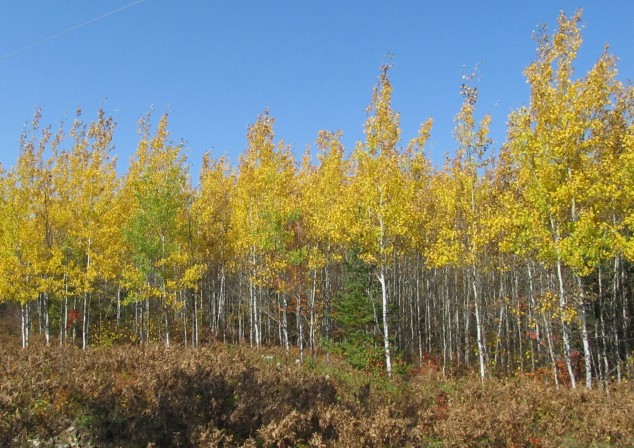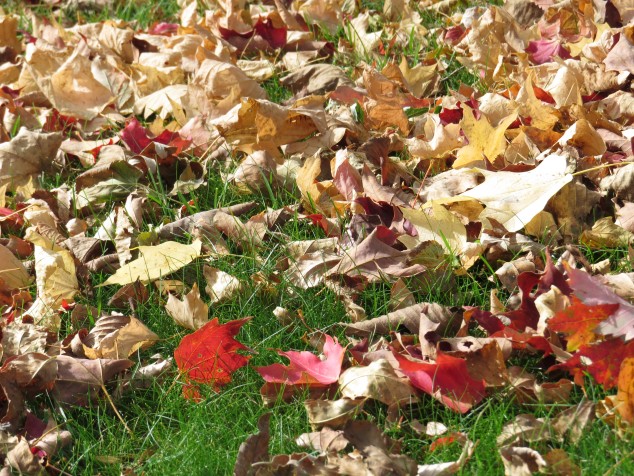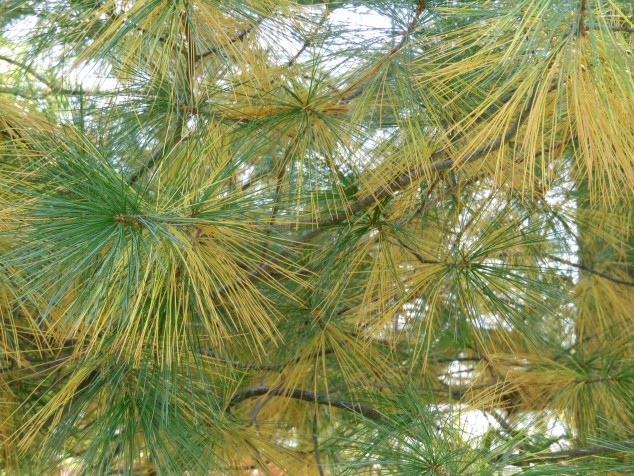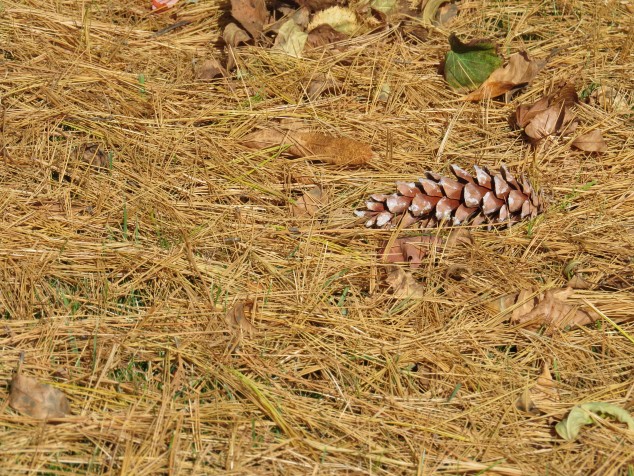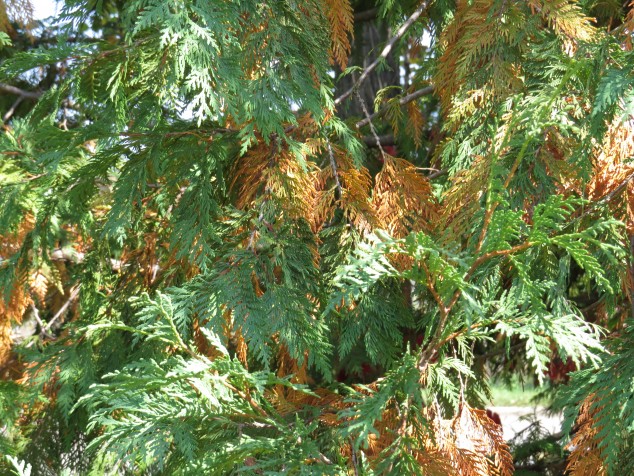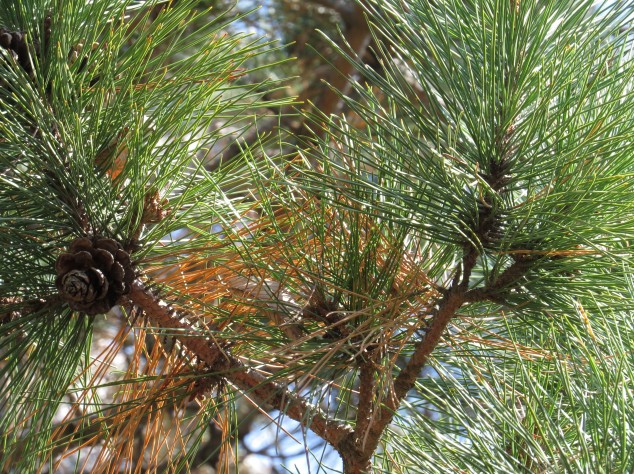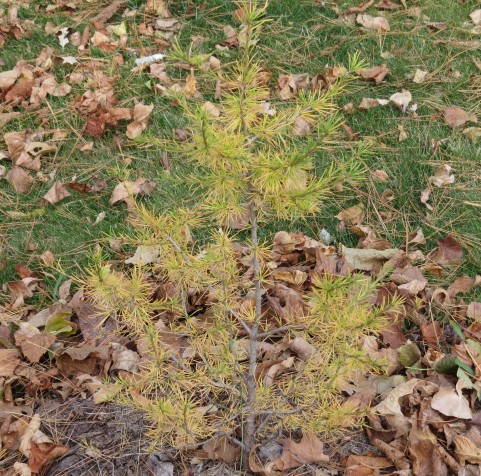I subscribe to a monthly magazine marketed ‘for women of style & substance,’ and while I would never claim to have the least bit of style, I would like to think my substance makes up for that! One section in the magazine has a beautiful photo of a real woman (as opposed to a model woman) and is titled, “This is What 50 Looks Like” or 62 or 45 or whatever age that particular woman of style and substance happens to be. It tells a little about her in soundbites like ‘On letting her hair go gray’ or ‘On keeping things simple.’ I like that page because the women look real–they may have wrinkles, imperfections, gray hair, or whatever, and it doesn’t matter. They look beautiful, healthy, and radiant and inspire by what they are doing to make a difference in the world.
So on this gray November day when most of the color is gone from Mother Nature’s palette, I want to show you that this is what November looks like in Central Minnesota.
ON SHOWING HER COLOR IN A GRAY LANDSCAPE
“The sumac seed heads are a colorful and enduring presence through late fall and all of winter, looking especially nice against the white of snow.”
“The tiny blue berries of the Eastern Red Cedar are a delicate decoration on the large evergreen tree until the birds eat them. The cedar also provides excellent shelter and nesting space for many birds and small mammals.”
ON BEING THE INSPIRATION FOR THE MOSSY OAK EMPIRE
“It’s an honor, of course.”
ON BEING GREEN
“We were green before going green was cool.”
ON BEING CHOSEN AS THE BEST TREE IN THE SILHOUETTE CATEGORY
“My oaks are winners in multiple ways! They provide food and shelter for many birds and animals. They are so much more than a beautiful structure!”
ON MINNESOTA’S TEN THOUSAND LAKES
“The lakes and rivers of Minnesota are one of the state’s greatest resources. They provide recreation and support tens of thousands of businesses. They are also home to a multitude of creatures.”
ON WINTER INTEREST
“Not only is the big, bold Joe Pye Weed great to keep for winter interest, so are perennial grasses and flowers with interesting seed heads, like the Ligularia. Of course, in Minnesota, they also have to be tall in order to be seen above the snow.”
ON DISPLAYING HER SCULPTURES
“This Gray Dogwood is a free form piece with strong yet flexible lines and added interest from scarlet flower stems and curly grapevine tendrils.”
“This fern piece has a rigid upright form and sports a metallic look, contrasting nicely with the fallen leaves.”
“This large, multi-piece sculpture is a study in contrasts thanks to the white branches of the sumac and the black branches of the Eastern Red Cedar tree.”
ON BRINGING NATURE INDOORS
“The Quick Fire Hydrangea is the perfect dried seed head to bring indoors to decorate for the holidays. To glam them up, just spray paint with silver or gold.”
ON GOING DORMANT
“Autumn is the season of transition to Winter. Winter is a time of dormancy, hibernation, tough conditions, and finding shelter from the storms. It is a time of introspection and internal growth after the exuberance of spring and summer growth and fruit and seed production.”
Thanks to Mother Nature for sharing the Beauty of November.
As told to Denise Brake
